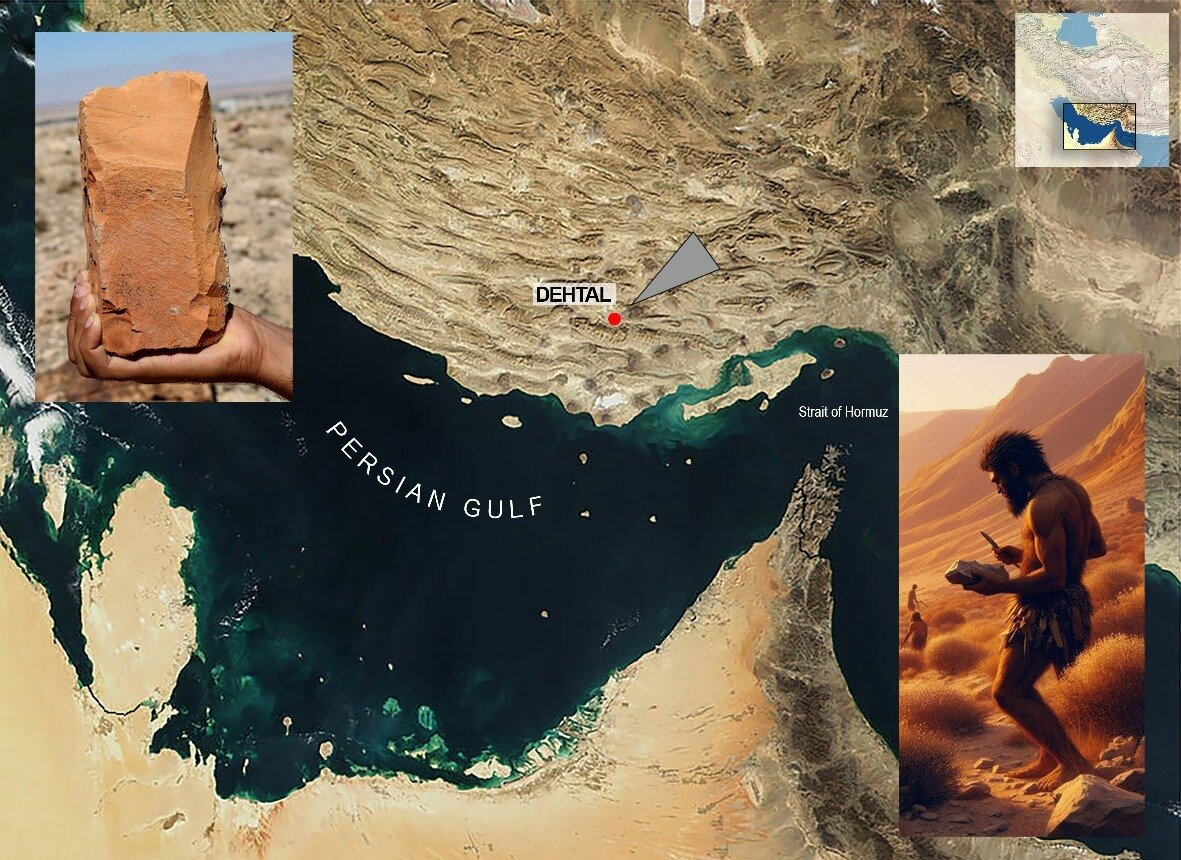
Similar Posts
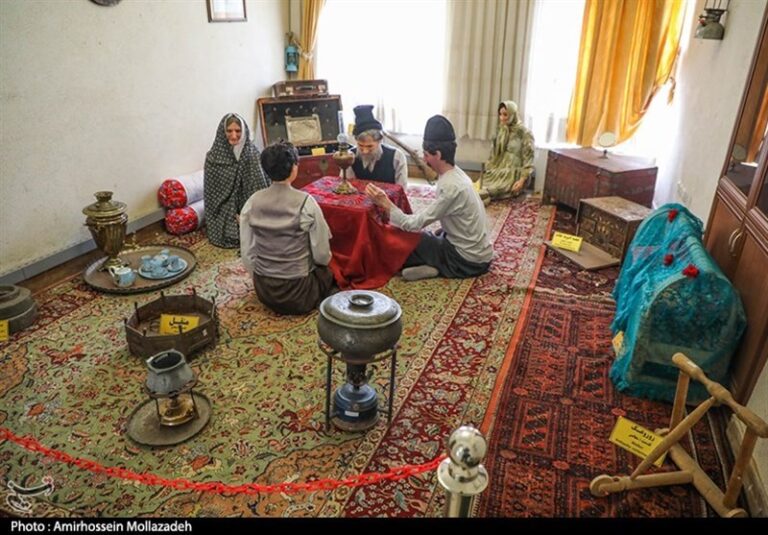
Discover Urmia Museum: Iran’s Hidden Gem of Historical Treasures
The Urmia Museum, established in 1967, is a significant cultural institution with over 26,000 artifacts, showcasing human history from the 7th millennium BC to the Qajar era. Notable exhibits include three ancient Urartian cuneiform tablets, which offer insights into the advanced Urartian civilization. The museum also features a hall dedicated to anthropological items, such as handwritten Qurans and traditional handicrafts, reflecting the region’s diverse cultures. It plays a crucial role in cultural preservation through education, research, and conservation efforts, making it an essential destination for history and culture enthusiasts.
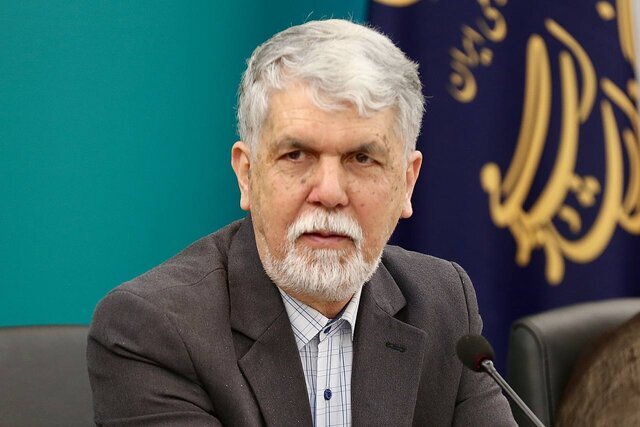
Salehi Advocates for 2026 to be Celebrated as the Cultural Year of Iran and China
The proposal to designate 2026 as the “Year of Cultural and Tourism Cooperation Between Iran and China” has received strong support from officials in both countries. Iran’s Minister of Culture, Seyyed Abbas Salehi, introduced the initiative at the Asia Cultural Co-operation Forum, emphasizing the historical ties between Iran and China. Both nations aim to leverage their cultural commonalities to enhance cooperation, especially in cultural and tourism sectors. A joint committee will be established to implement initiatives related to this collaboration, marking the 55th anniversary of diplomatic relations. This initiative promises to strengthen cultural exchanges and deepen mutual understanding.
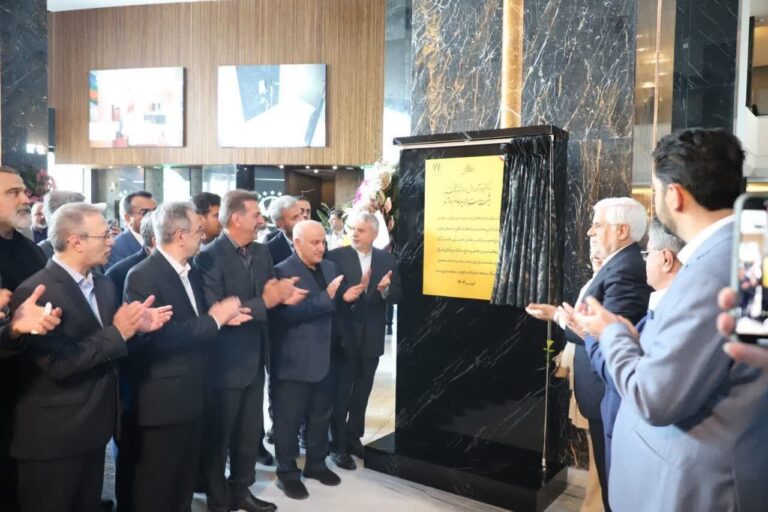
Minister Highlights Job Creation Opportunities at Grand Opening of Luxurious 5-Star Hotel in Northern Iran
The inauguration of a $150 million five-star hotel in Nowshahr, northern Iran, has created 900 jobs, significantly boosting tourism and employment in Mazandaran province. Seyed Reza Salehi-Amiri, the Cultural Heritage Minister, highlighted the importance of private investment for job creation and the overall economic landscape. The hotel features 30 floors, 515 rooms, multiple dining and leisure options, and family-friendly facilities, making it one of Iran’s largest tourism projects. Salehi-Amiri reiterated the government’s commitment to fostering private sector initiatives in tourism, viewing them as crucial for economic growth and revitalizing the country’s tourism industry.
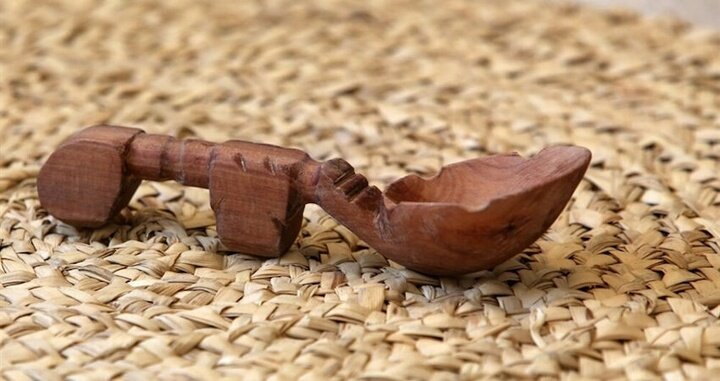
Boosting Handicraft Exports: Italian Firm Teams Up with Mazandaran for Innovative Training Program
Mazandaran province’s tourism chief, Hossein Izadi, has announced a partnership with Italian company Cheche to enhance local artisan skills and promote handicraft exports. This initiative includes specialized online training courses for handicraft professionals and university graduates, conducted by esteemed Italian professors. Participants will receive internationally recognized certificates. Additionally, Iranian artisans will showcase their work at the world’s largest handicrafts exhibition in Italy next month, while Cheche markets Mazandaran’s products for future exports. This collaboration aims to preserve Iranian handicraft heritage and increase visibility and competitiveness in the global market, promising a bright future for local artisans.
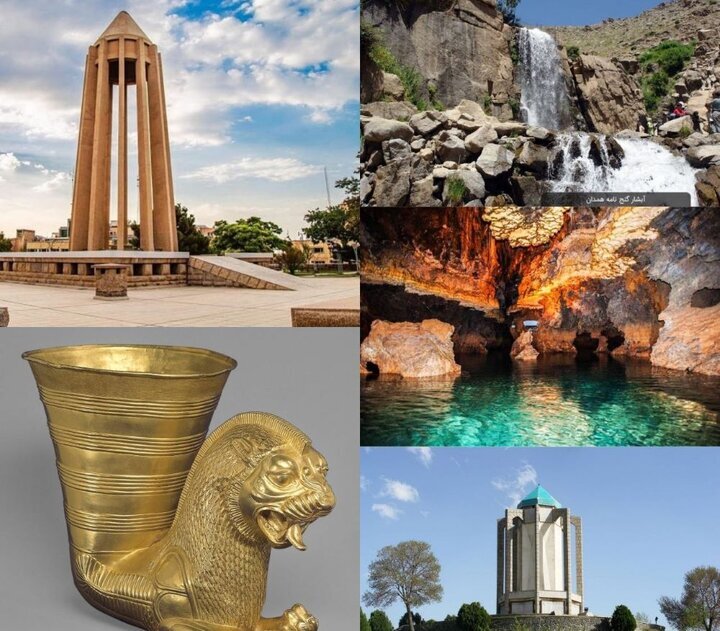
Discover Hamedan: Ancient Civilization Meets Breathtaking Nature
Hamedan Province, one of the oldest centers of Iranian civilization, is rich in history, culture, and natural beauty. As the first capital of the Medes empire, it attracts visitors with its significant landmarks. Key attractions include the Hegmataneh excavations, revealing ancient urban planning, and the Ganjnameh inscriptions, showcasing Achaemenid heritage. The Alisadr Cave, the world’s largest water cave, offers unique geological formations. Additionally, the Tomb of Baba Taher and Avicenna Mausoleum honor notable Persian figures, while Lalejin, the pottery capital, highlights traditional craftsmanship. Hamedan promises an unforgettable experience for history enthusiasts, nature lovers, and craft admirers alike.
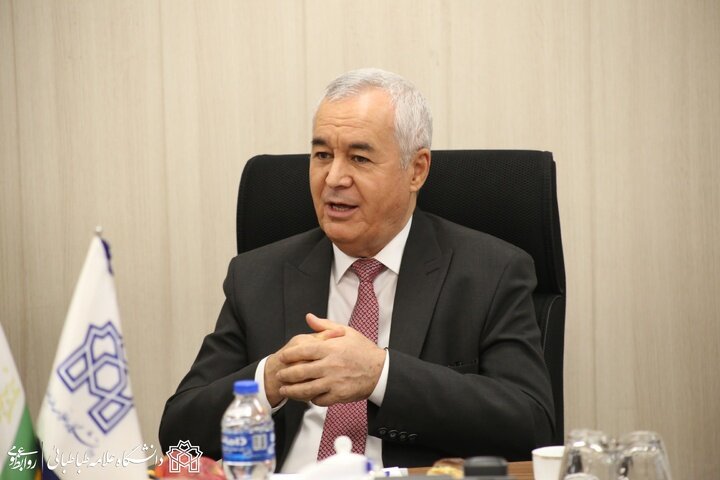
Tajik Ambassador: Tehran and Dushanbe Forge Strongest Bonds Yet!
Iran and Tajikistan’s relationship has strengthened significantly, highlighted by a visit from Iranian President Masoud Pezeshkian to Dushanbe. Tajik Ambassador Zohidi Nizomiddin Shamsiddinzoda emphasized their deep historical and cultural connections, citing Iran’s early recognition of Tajikistan’s independence and the first foreign ambassador’s credentials presented in Dushanbe. Increased official visits and cultural exchanges, including a visa waiver agreement, have enhanced ties. The Nowruz celebrations, recognized by UNESCO, further solidified this bond, showcasing traditional music and cultural exhibits. Overall, both nations are committed to nurturing their partnership through ongoing cultural, economic, and social cooperation.